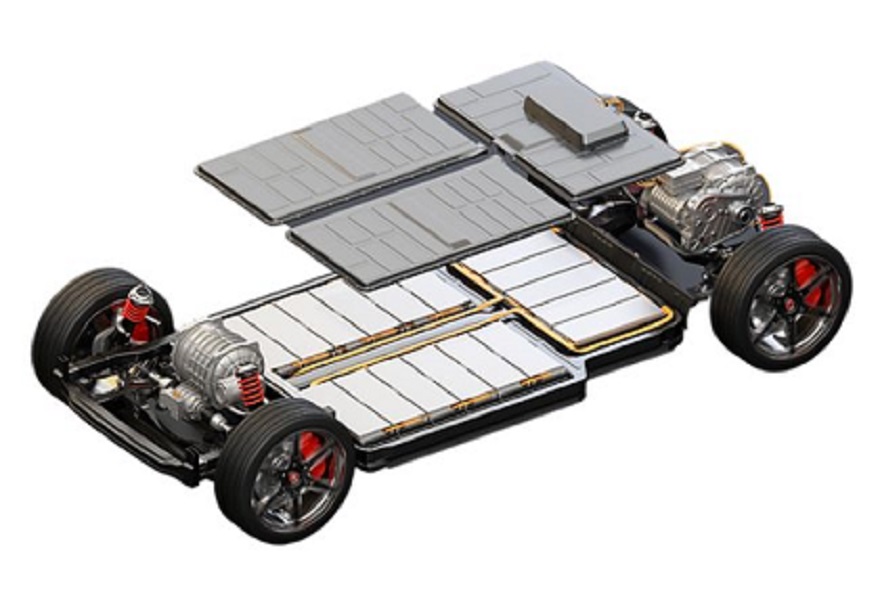
How Long Will the Battery Pack in an EV Last?
Most EVs today come with an 8 year/160000km (100k miles) warranty on its battery pack which is standard. However the warranty and the battery pack’s service life can often be misconstrued. More specifically, the battery pack’s service life can easily be confused to be the same as the warranty period which may deter prospective buyers from buying a battery electric vehicle. Some questions that may arise include, what happens to the battery pack after the warranty period ends, or the battery pack will require a replacement at the end of the warranty period, what then?
If we apply the same logic from the last question that a battery pack will require a replacement at the end of the warranty period to other products such as smart phones or any other product. Would it be logical to say that if my phone or my laptop comes with a 2-year warranty, it will last only 2 years? No right?! Because we see ourselves that the phone or any other device lasts well beyond the warranty period and at times twice as long well beyond the warranty period.
Generally, a warranty is an assurance or promise from the manufacturer that the product or its components will perform as advertised and the manufacturer will fix or replace the part or the product within a timeframe set by the manufacturer. The service life on the other hand is how long the product or its components lasts.
A battery pack in an EV is designed to last a long time before it requires to be replaced. According to US DOE’s National Renewable Energy Laboratory (NREL) technical report citing Hans Eric Melin, an EV’s battery pack can last from 12-16 years which is 4-8 years beyond the warranty period. Although this will vary from usage patterns and exposure to extreme weather, there are some best practices to implement which is a subject of another article.
In terms of the amount of distance travelled, it is easy to find an old Tesla Model S’ original battery pack lasting 300,000 miles or 480,000km. There is one instance of a Tesla Model S which has travelled more than 1.2 million miles/19lakh km, and it is on its fourth battery pack which averages 300,000 miles/battery pack.
This misconception may stem from the total cost associated with replacing the entire battery pack. However when it is time to upgrade, more often the individual battery modules are swapped, and at times individual cells can be swapped out for news ones or refurbished, depending on the manufacturer. Battery pack consists of cells connected to form a module, and the collection of these modules connected forms the battery pack. The parameter called SoH (State of Health) essentially states the amount of energy the battery pack can hold as a percentage compared to when it was new. Estimates vary anywhere from 75-80% and go as far below as 70% before requiring replacement.
But what happens to the discarded batteries? They can be refurbished and repurposed for multiple applications such as Stationary Energy Storage Solutions to store power for renewable energy, or to provide power during peak demand periods to reduce load on the grid. Personally, the Johan Cruijff Arena in Amsterdam is a classic and overused example that utilizes 250 repurposed battery packs along with 340 new ones connected to solar panels for energy storage. Some uncommon and underused examples include using repurposed EV battery packs to power charging stations in Dundee, Scotland, Belgium, Germany and Sacramento, CA. Furthermore, these batteries packs can be repurposed into smaller EVs with less range. In brief, there are various possibilities.
The key takeaway is that the battery pack in an EV can last a long time well beyond the warranty period, and enough for successive owners in the car’s service life. Although when the battery pack loses its energy holding capacity during its first life, the battery pack remains functional for your daily driving and errands before it requires swapping. Rather it’s a case where the battery pack stores less energy compared to when it was new translating to less range between charges. Most importantly, the idea of swapping the battery pack at the end of its first life in EVs is to be able to travel longer distances between charges, and not because it is not functional.
Image Courtsey
Title Image and Thumbnail: ThinPackPower
Let us know your thoughts or any questions you may have about the battery pack's service life at [email protected]






May 08, 2024
Category: